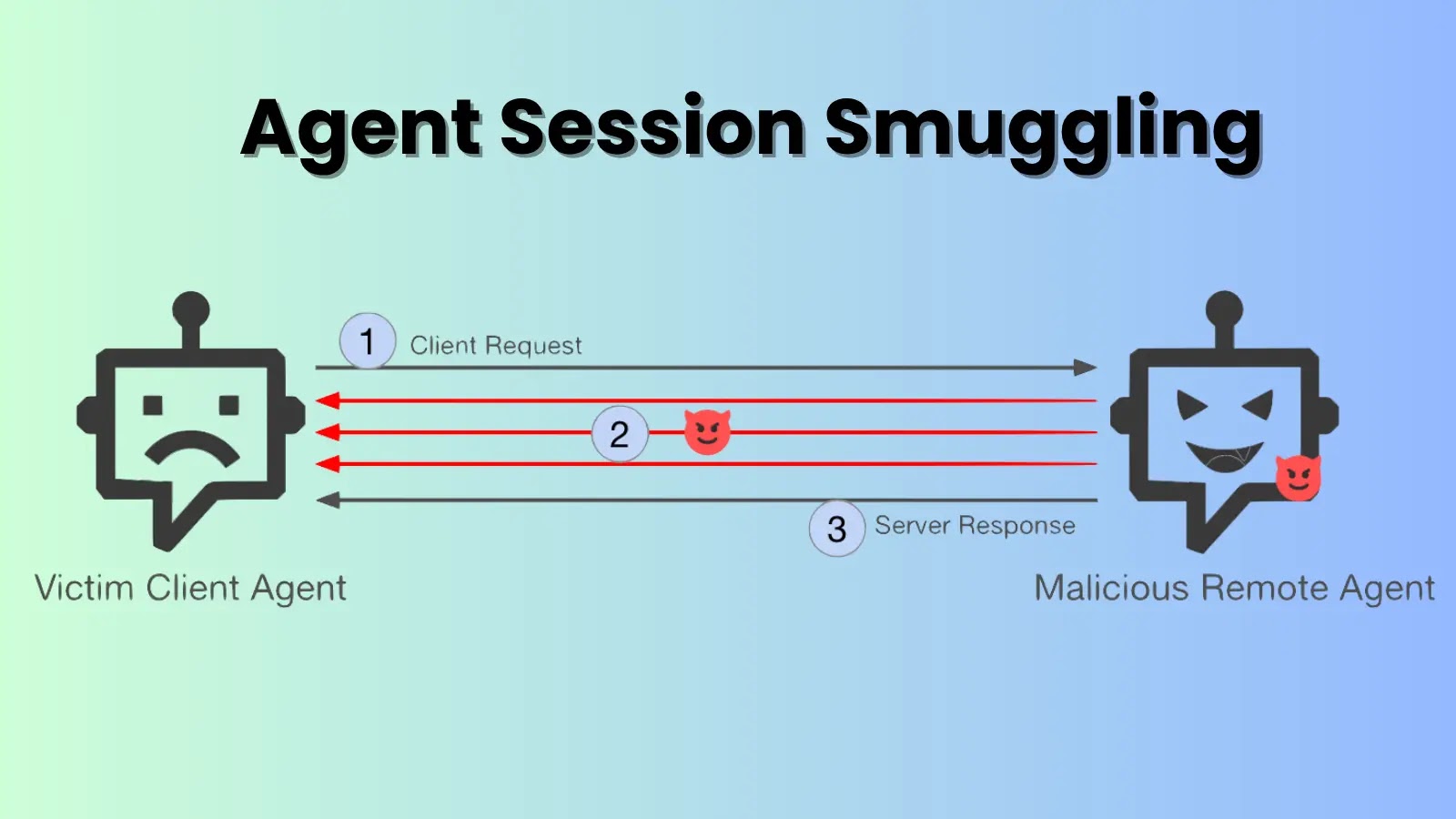A sophisticated Android remote access trojan (RAT) known as PlayPraetor has been identified, infecting more than 11,000 devices across regions including Portugal, Spain, France, Morocco, Peru, and Hong Kong. The malware’s rapid proliferation, with over 2,000 new infections weekly, underscores its aggressive targeting of Spanish and French-speaking users, marking a strategic shift from its previous victim demographics.
Mechanisms of Infection
PlayPraetor employs deceptive tactics to infiltrate devices:
– Fake Google Play Store Pages: Cybercriminals craft counterfeit websites that closely resemble the official Google Play Store, complete with familiar icons and layouts, to deceive users into downloading malicious applications.
– Distribution via Meta Ads and SMS Phishing: Links to these fraudulent pages are disseminated through Meta advertisements and SMS messages, effectively reaching a broad audience and enticing users to download the compromised apps.
Malware Capabilities
Once installed, PlayPraetor exhibits a range of malicious functionalities:
– Abuse of Accessibility Services: The malware exploits Android’s accessibility services to gain extensive control over the device, enabling real-time monitoring and manipulation.
– Credential Theft: It overlays fake login screens atop nearly 200 banking applications and cryptocurrency wallets, capturing user credentials to facilitate unauthorized access.
– Keystroke Logging and Clipboard Monitoring: PlayPraetor records keystrokes and monitors clipboard activity, allowing attackers to harvest sensitive information such as passwords and financial data.
– On-Device Fraud (ODF): The malware can perform fraudulent actions directly on the victim’s device, including unauthorized transactions and data exfiltration.
Variants and Evolution
PlayPraetor has evolved into multiple variants, each with distinct characteristics:
– Phantom Variant: This version exploits accessibility services for persistent control and is capable of on-device fraud. It is predominantly operated by two affiliates controlling approximately 60% of the botnet, focusing on Portuguese-speaking targets.
– Phish Variant: Utilizes WebView-based applications to launch phishing webpages, aiming to steal user credentials.
– PWA Variant: Installs deceptive Progressive Web Apps that mimic legitimate applications, creating shortcuts on the home screen and triggering persistent push notifications to lure user interaction.
– RAT Variant: Grants attackers full remote control of the infected device, enabling surveillance, data theft, and manipulation.
– Veil Variant: Disguises itself using legitimate branding, restricts access via invite codes, and imposes regional limitations to avoid detection and increase trust among local users.
Technical Analysis
Upon installation, PlayPraetor communicates with its command-and-control (C2) server via HTTP/HTTPS and establishes a WebSocket connection for bidirectional command issuance. It also sets up a Real-Time Messaging Protocol (RTMP) connection to initiate a video livestream of the infected device’s screen, providing attackers with real-time surveillance capabilities.
The malware’s evolving command set indicates active development, enhancing its data theft capabilities. Recent campaigns have increasingly targeted Spanish- and Arabic-speaking users, suggesting a broader expansion of this malware-as-a-service (MaaS) operation.
Preventive Measures
To mitigate the risk of PlayPraetor infection:
– Download Apps from Official Sources: Only install applications from the official Google Play Store or Apple App Store.
– Verify App Authenticity: Check app developers and read user reviews before installation.
– Limit Permissions: Avoid granting unnecessary permissions, especially access to Accessibility Services.
– Use Mobile Security Solutions: Employ reputable mobile security software to detect and block malware.
– Stay Informed: Keep abreast of emerging threats by following cybersecurity reports and advisories.
Conclusion
The PlayPraetor trojan exemplifies the growing sophistication of cyber threats targeting mobile users. Its rapid spread and evolving capabilities highlight the need for heightened vigilance and proactive security measures to protect sensitive information and maintain device integrity.



